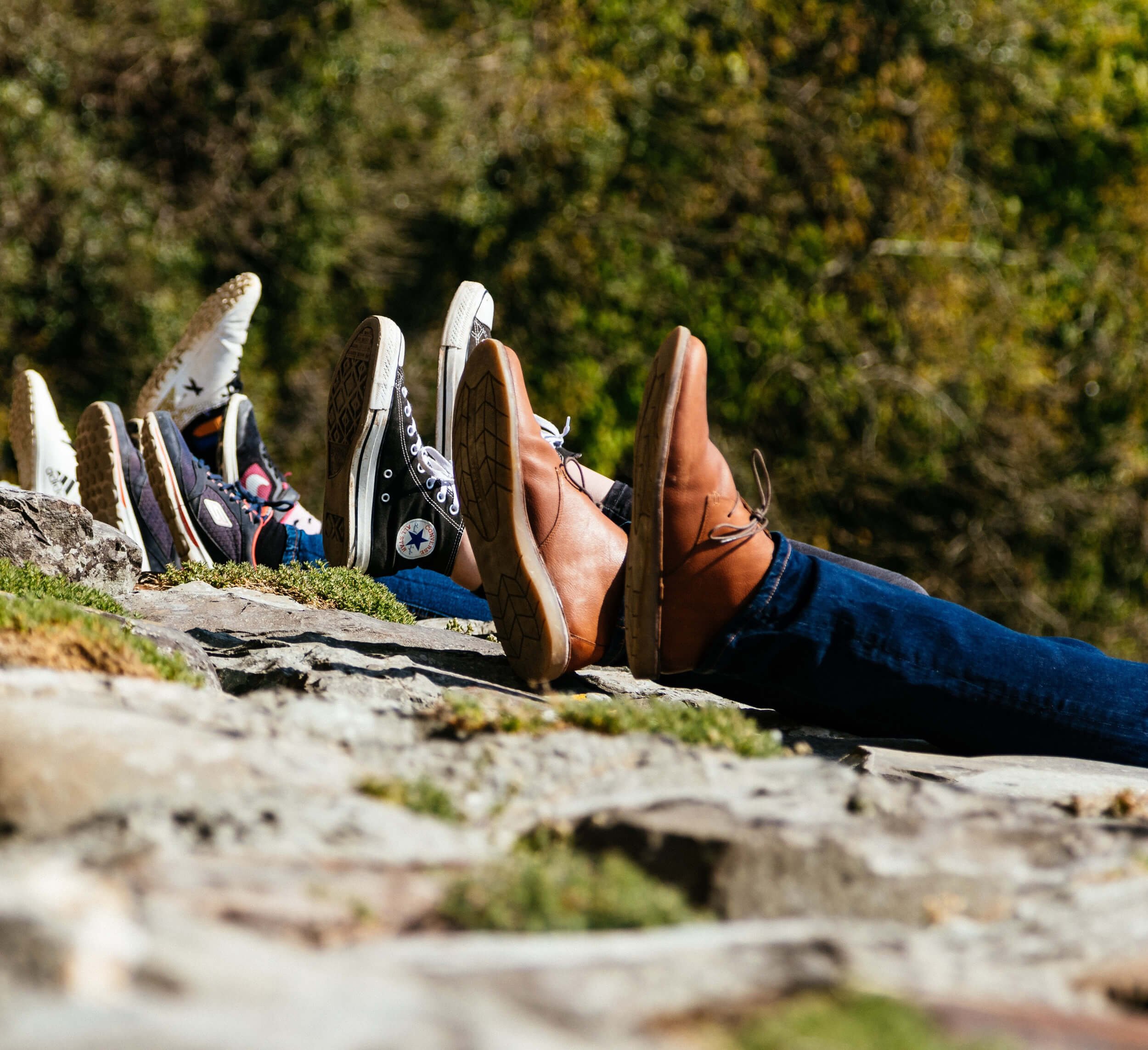What is community acupuncture (really), and how did it come to be?
Acupuncture is, by nature, malleable.1 It has tons of different styles, tons of different ways it can be done. If you go see five different acupuncturists for the same symptom, there’s a good chance you’ll get five different treatments. Even the acupuncture needles are malleable; they’re so thin that bending them doesn’t take much effort, although—unless you want to take a stab not only at making jewelry but with the jewelry you make—we wouldn’t recommend it.
But the biggest way in which acupuncture is malleable is its ability to adapt to different social contexts, across space and time. The history of acupuncture is, in a sense, the history of its adaptability.
Community acupuncture is a movement to make acupuncture more accessible that began in Portland, Oregon, in 2002, but it's also an adaptation. In fact, it's an adaptation of an adaptation. And like an adaptation in nature, community acupuncture began with a need for change: a dissonance between an organism (acupuncture), and one of its environments (American society in the 21st century).
So, what was this dissonance, and how did community acupuncture evolve as a solution to it?
Baltimore native and Portland transplant Lisa Rohleder had been making a living providing acupuncture treatments funded by public health programs for seven years when she lost her job due to funding cuts and other systemic problems.1
As she considered what to do next, Lisa realized that, as much as the people in her own neighborhood could have benefited from acupuncture, it wasn't an option for them. This was because, while the people in her neighborhood had enough money not to qualify for public health programs like the ones that had funded the treatments she'd been providing since she'd become an acupuncturist, they did not have enough money to pay for treatment out of pocket and/or buy insurance that covered it. In other words, the United States had a "rigid binary"1(p6) limiting who could get acupuncture based on financial resources: Those on opposite ends of the wealth spectrum could get acupuncture, while those in the middle of it could not.
Having grown up on what she describes as the wrong side of the tracks where there were many of these people in the middle, including her family, Lisa also realized that the reason she had been drawn to acupuncture—her own trauma history—was inseparable not only from her family's trauma history that included neglect, sexual abuse, and mental illness, but "from the wider trauma of being working-class/working-poor in this society."2(p6) That is, for both the trauma of financial insecurity and traumas that do not discriminate by socioeconomic status (such as neglect, sexual abuse, and mental illness), if the damaging psychological effects of the trauma are not addressed, they can come out in understandable but ugly ways (such as neglect, sexual abuse, and mental illness) that continue the cycle of trauma. The people in Lisa's neighborhood, and the rest of the people in the middle, were therefore experiencing at least one form of trauma—and possibly the damaging psychological effects.
Putting these realizations into action, Lisa and her partner/fellow acupuncturist Skip Van Meter, who had been laid off from the same job for the same reasons, set out to develop a treatment model that would make acupuncture accessible to the people in the middle, too.1
This treatment model could not simply be an adaptation of the treatment model used by most acupuncturists in the United States, or private acupuncture, which was cost-prohibitive for the people in the middle and did not emphasize a trauma-informed approach to treatment. Instead, Lisa and Skip's treatment model had to be built on a completely different—in fact completely opposite—foundation: not one person receiving acupuncture alone in a private room, but multiple people receiving acupuncture together in a shared room.
Lisa and Skip didn't come up with this foundation from scratch, however. In 1970, after it had already become common practice for multiple people to receive acupuncture together in a shared room in Asia where acupuncture originated, a group of people including members of the Black Panthers and a Puerto Rican nationalist group called the Young Lords formed an acupuncture collective at Lincoln Hospital in the South Bronx, which they had taken over both in protest of poor and discriminatory medical care and out of necessity: This region was hit hard by the heroin epidemic.1
While the Lincoln Detox acupuncture collective was forcibly dismantled in 1979, its legacy lives on—and not just in Lisa and Skip's treatment model. Many acupuncturists—including those who exclusively practice private acupuncture—are familiar with an acupuncture protocol that's typically associated with the National Acupuncture Detoxification Association, or NADA, but neither this protocol nor NADA would exist without the work of the founders of the Lincoln Detox acupuncture collective. The use of acupuncture as a safe, effective, accessible means of treating addiction, other mental health conditions, and chronic pain in the United States is thanks to the formation of the Lincoln Detox acupuncture collective—and the Asian wisdom that inspired it—more than three decades before the first clinic to use the treatment model that came to be known as community acupuncture opened its doors.
In Lisa and Skip's treatment model, this foundation was an integral part of reducing the economic barriers to getting acupuncture. When multiple people receive acupuncture together in a shared room, the cost of treatment is essentially split between them so that each person pays less. And when treatment costs less, people—from grocery-store cashiers to software engineers—can get acupuncture more.1 This is important because acupuncture has a cumulative effect; in most cases it is best to get treated frequently. However, sometimes people need treatment more, sometimes less, and some people have more financial resources than others. This variation was one of the reasons Lisa and Skip adjusted the payment system of their treatment model so that people received treatment for whatever they could afford to pay on a lower-cost sliding scale. The other reason was that it gave people receiving treatment the power of choice. Because making acupuncture more accessible financially wasn't all that Lisa and Skip's treatment model was about; it was also about making acupuncture more accessible from a trauma-informed perspective.
While no two experiences of trauma are the same, even traumas that look vastly different on the surface can have similar triggers. A trigger is an external or internal cue that resembles or symbolizes some aspect of a trauma a person has experienced in the past, but the damaging psychological effects of trauma can cause the person to react to it as though the trauma is occurring in the present,4 even if the trigger doesn't pose a threat. A common trigger is disempowerment, or lack of control, whether it comes from financial insecurity, neglect, sexual abuse, mental illness, another trauma, or some combination thereof. As a result, Lisa and Skip designed their treatment model to be as empowering as possible to people receiving treatment.
Like the sliding scale, the foundation of Lisa and Skip's treatment model supported this goal, as did the recliner chairs where treatment took place. When multiple people receive acupuncture together in a shared room, they have the power of being in the company of peers,3 of remaining fully clothed,1 and of choosing how long to rest during their treatment.3 They also have less time to talk with the acupuncturist about their health concerns, but rather than compromising their therapeutic relationship with the acupuncturist,5 this gives them the power to choose what is on the table (or in the chair, as the case may be) for discussion—to build their trust in the acupuncturist at their own pace.3 And when multiple people receive acupuncture together in recliner chairs in a shared room, they have the power to choose both which chair to be treated in as well as how much or how little to lie back in it—how much or how little of the treatment they see.3
As Lisa and Skip's treatment model took off, spreading across the United States and beyond, it came to be known as community acupuncture, emphasizing the most fundamental way in which it is "qualitatively as well as quantitatively different"1(p6) from private acupuncture: The shared room where multiple people receive treatment together, in community, "is, in itself, an instrument of healing, just as much as the needles."1(p6)
Community acupuncture doesn't sacrifice quality for quantity; it has an inherently distinct quality. It depends on a higher quantity of treatments, but it's not about a higher quantity of treatments in and of itself. It's about the increased access that—through increased affordability, both financially and psychologically—a higher quantity of treatments brings.
What about people who neither have financial barriers to getting private acupuncture nor are experiencing the damaging psychological effects of trauma? Can they still get community acupuncture? Of course they can! And they do—all of the time. Making acupuncture accessible to those whom it's otherwise not accessible to does not mean making it inaccessible to anyone else. In the words of the late rapper Tupac, whose stepfather, acupuncturist Dr. Mutulu Shakur, provided addiction treatments at Lincoln Detox: "I got love for my brother / But we can never go nowhere unless we share with each other."6
People from all walks of life get community acupuncture, for all kinds of reasons. Some people don't struggle with financial insecurity, but they sure like supporting the health of those who do, while supporting their own health in the process. Some people aren't at risk of being triggered by exposing parts of their bodies that are typically covered by clothing, but they sure enjoy the convenience of remaining fully clothed during their acupuncture treatment. Some people couldn't care less about feeling empowered through choice and safety in numbers, but they sure find those recliner chairs comfortable.
The list goes on, as does "the calmest revolution ever staged," even with the increase in insurance coverage of acupuncture since the opening of the first community acupuncture clinic right down the street from where our acupuncturist, Dr. Eve, attended middle school.
Because that's what community acupuncture does: It adapts, it survives, and it thrives.
Note: To learn more about community acupuncture, check out Lisa's free ebook about it, available here. To learn more about the Lincoln Detox acupuncture collective, check out the film Dope Is Death and the accompanying podcast. The film trailer and the podcast are available for free here.
References Cited
Rohleder L. Punking: The Praxis of Community Acupuncture. Portland, Oregon: People’s Organization of Community Acupuncture; 2018.
Rohleder L. Trying to be trauma-informed about everything. Guidepoints: News NADA. 2021:22:6-7. files.constantcontact.com/98076110801/0ff479b1-a59d-4b1a-9073-10f0b0feebad.pdf. Accessed February 2023.
Rohleder L. Acupuncture Points Are Holes: A Case Study in Social Entrepreneurship. Portland, Oregon: People’s Organization of Community Acupuncture; 2017.
Center for Substance Abuse Treatment. Trauma-Informed Care in Behavioral Health Services: Treatment Improvement Protocol (TIP) Series, No. 57. Rockville, MD: Substance Abuse and Mental Health Services Administration; 2014. ncbi.nlm.nih.gov/books/NBK207201/pdf/Bookshelf_NBK207201.pdf. Accessed February 2023.
Tippens KM, Chao MT, Connelly E, Locke A. Patient perspectives on care received at community acupuncture clinics: A qualitative thematic analysis.” BMC Complement Altern Med. 2013;13:293-300. doi: 10.1186/1472-6882-13-293.
Shakur T. Changes. Marin City, CA; Beverly Hills, CA; Santa Monica, CA: Amaru Entertainment, Death Row Records, Interscope Records; 1998. Available from iTunes.

